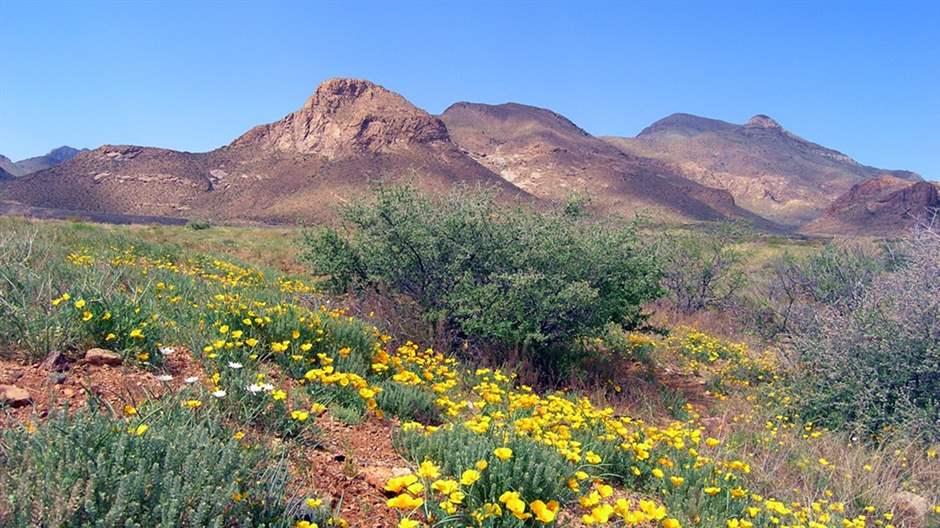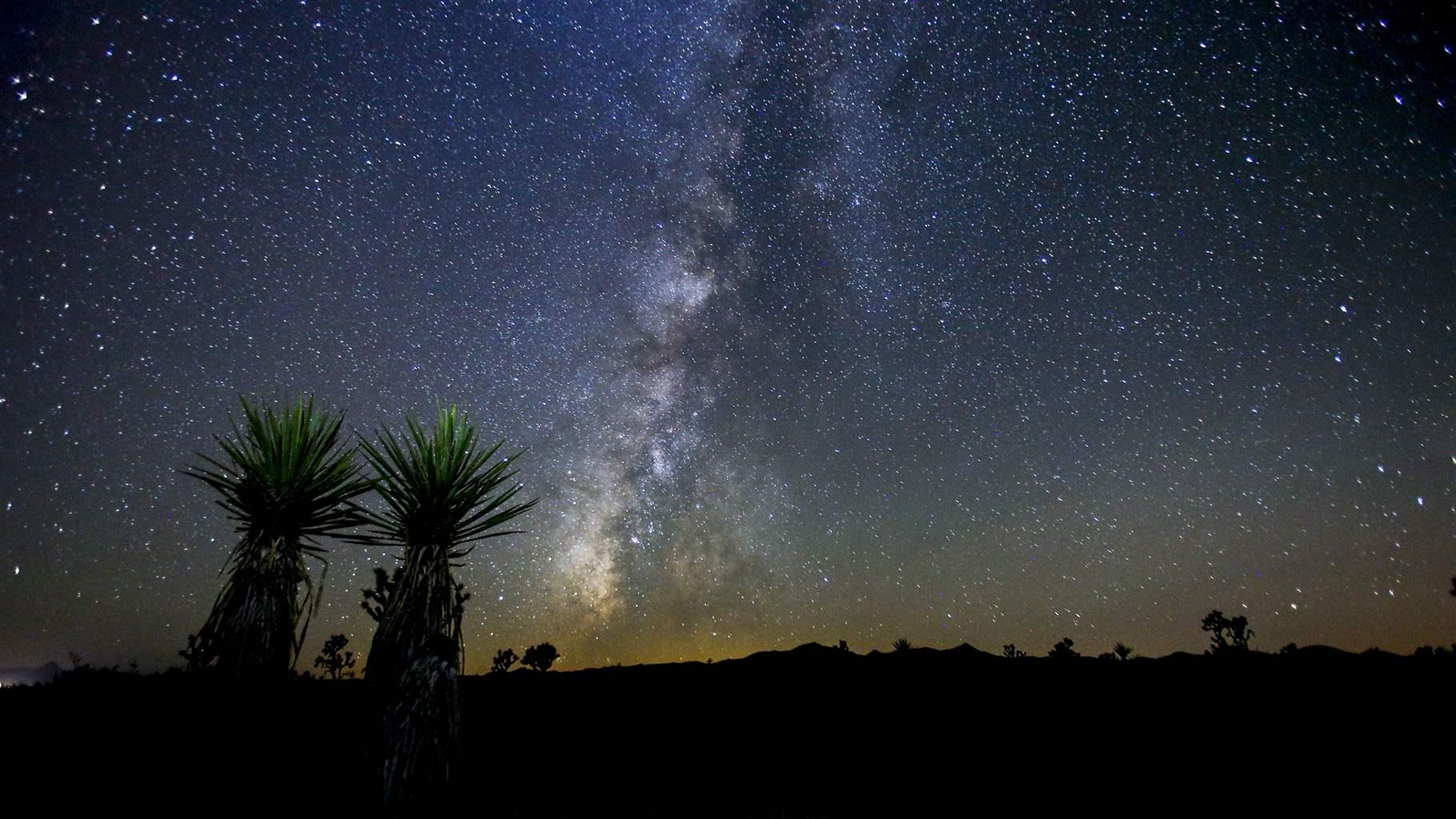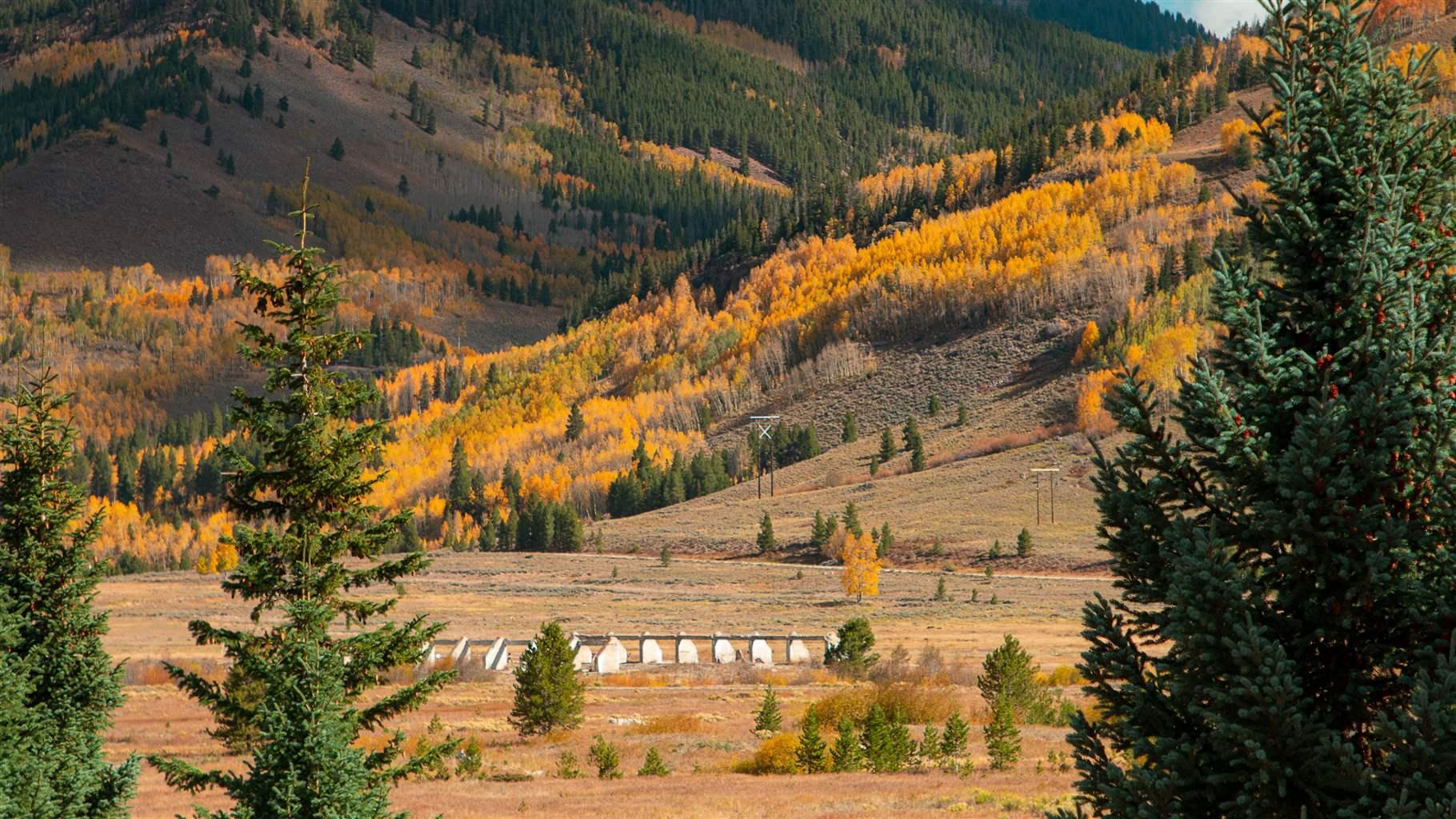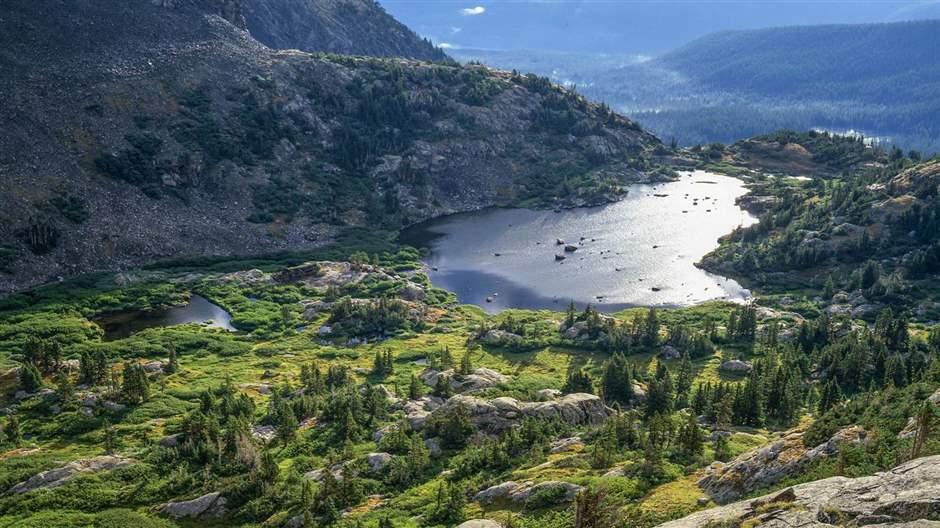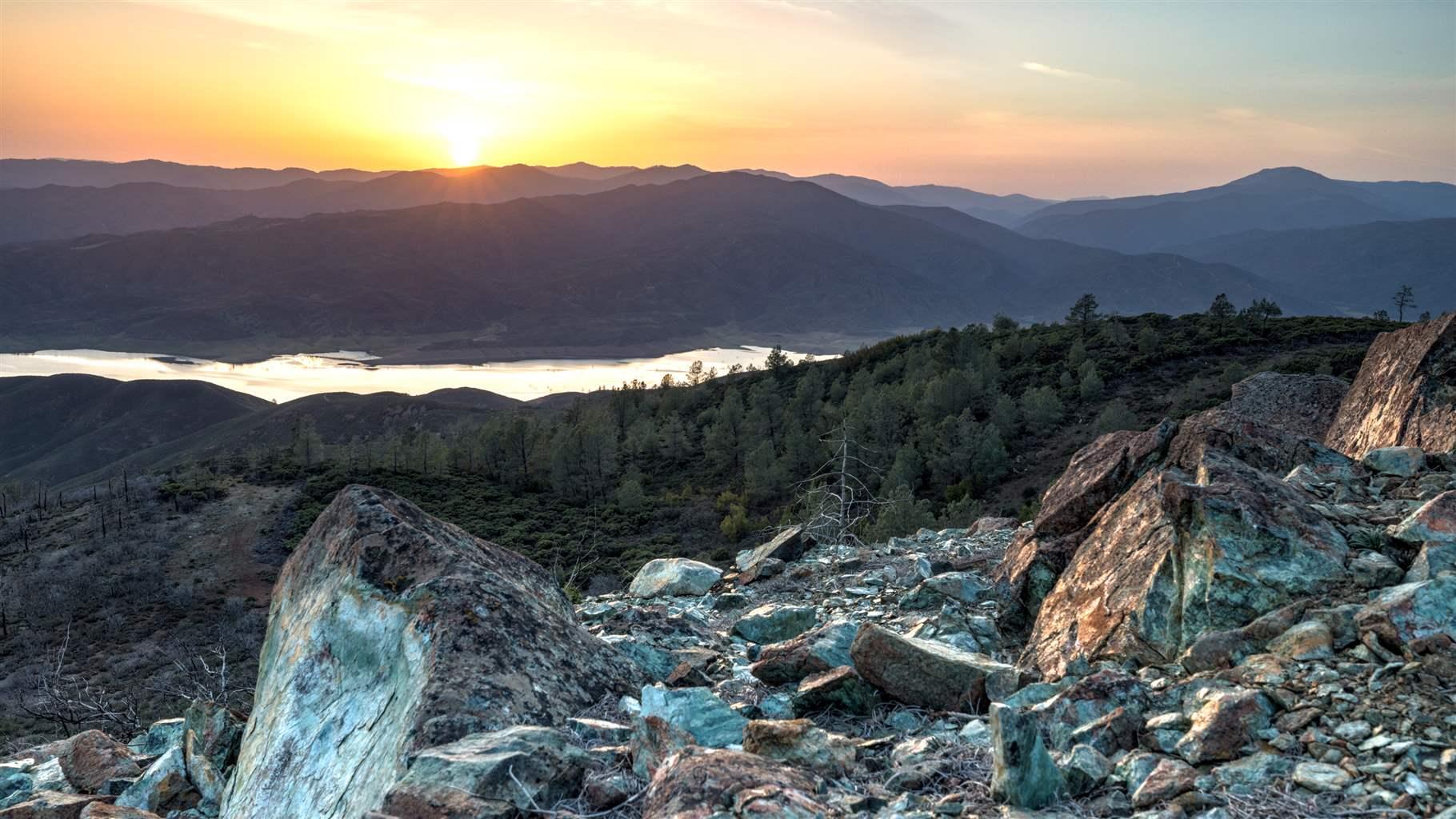These 4 Landscapes Merit National Monument Designation Now
Protection would safeguard these cultural and historic lands and support wildlife, local economies
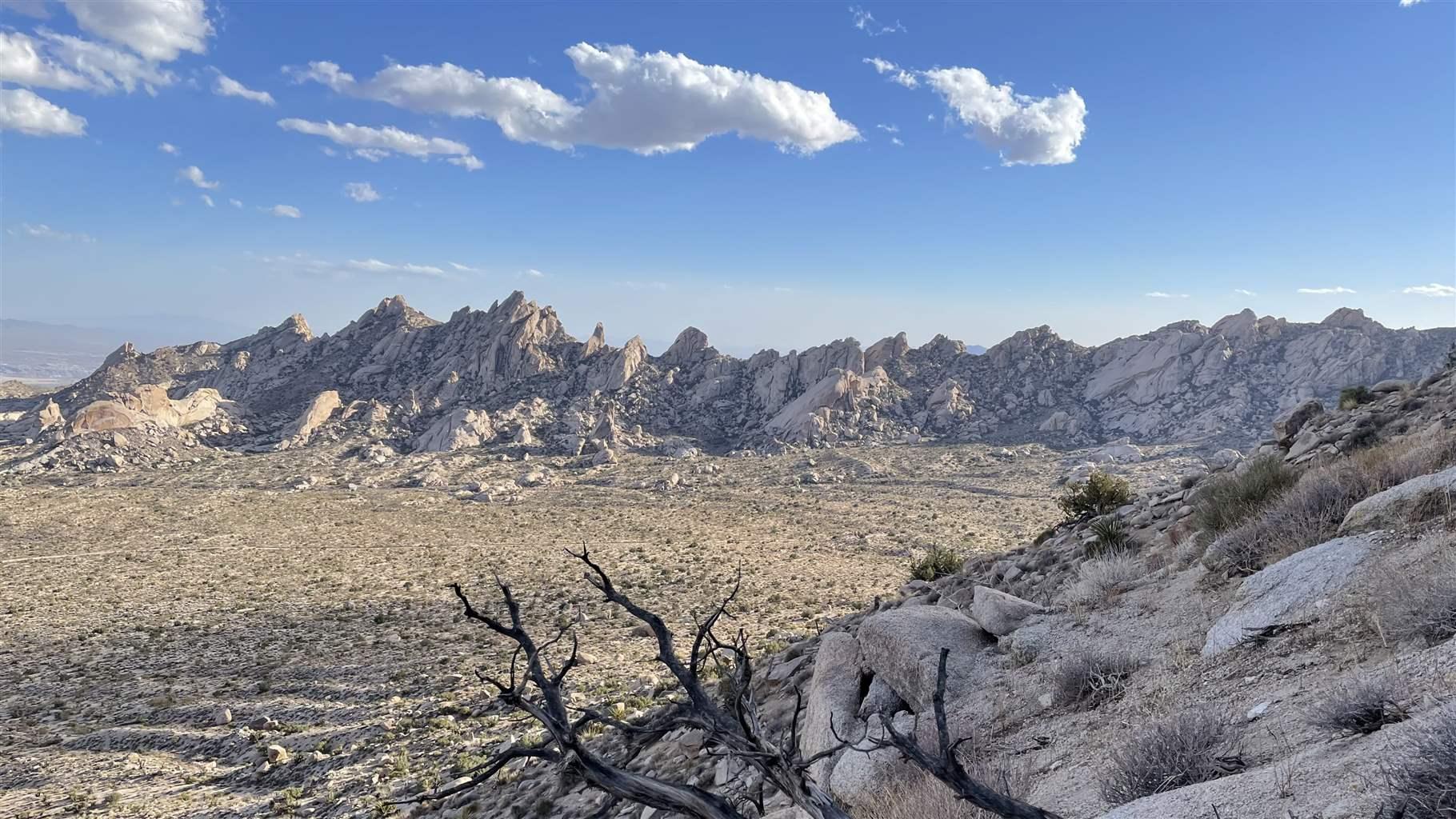
Many Americans feel a deep and storied connection to public lands, including Indigenous peoples who have lived on these lands for millennia and more recent arrivals who also find profound fulfilment in outdoor spaces.
So it’s not surprising that many Tribes and local communities are encouraging Congress and President Joe Biden to strengthen safeguards on certain existing public lands that are increasingly vulnerable to encroaching development, oil and gas exploration, or climate change.
One way our leaders can honor those connections to the landscape, provide more equitable access to nature—a recent study found that people of color have less access to nearby natural areas than White people—and strengthen biodiversity and wildlife habitat connectivity is by creating national monuments through legislation or by presidential proclamation under the Antiquities Act.
From large tracts of land, including San Gabriel Mountains National Monument in California, to landmarks such as the Statue of Liberty, national monuments conserve places of cultural, historic, and scientific significance for present and future generations to explore. These designated places can also support local economies: A 2020 study of communities near 14 newly designated national monuments in the West found that from 1990 to 2015 they experienced, on average, a 10% increase in the number of businesses established and an 8.5% increase in the number of jobs relative to nearby control locations.
Many leaders in Washington also see a reason to better protect our lands and waters. For example, when Interior Secretary Deb Haaland visited Castner Range in Texas in March, she said, “The Department of Interior truly wants to make sure that everyone has access to the outdoors, regardless of their ZIP code. We know that nature offers some of the most cost-effective ways to address the climate crisis. We also need to do more to stop the loss of nature and wildlife that we're witnessing."
Here are four places that should receive national monument designation.
Castner Range, Texas
For more than 50 years, a diverse group of supporters in and around El Paso, Texas, have advocated for conservation of Castner Range—which is under the Department of Defense’s jurisdiction and is currently closed to the public—and for allowing access to it for recreational and cultural uses. Now, a coalition that includes local elected officials, Indigenous leaders, veterans, area business owners, faith leaders, and community groups is urging the Biden administration to designate this approximately 7,000-acre area as a national monument under the Bureau of Land Management’s stewardship. Conserving and restoring Castner Range after its decades of use as a military site would benefit wildlife, preserve cultural connections to the landscape, promote tourism and an outdoor recreation economy, and commemorate the land’s military legacy. A national monument designation could also provide potential health and wellness benefits to local residents through increased access to open space, and help ensure that the landscape continues to collect and filter precipitation that local communities rely on for drinking water.
Avi Kwa Ame, Nevada
Located in the East Mojave Desert of southern Nevada, the lands of the proposed Avi Kwa Ame National Monument are the source of life and place of origin for Yuman-speaking Tribes, including the Mojave, Hualapai, Yavapai, Havasupai, Quechan, Maricopa, Pai Pai, Halchidhoma, Cocopah, and Kumeyaay, and is sacred to the Hopi and Chemehuevi Paiute people. Avi Kwa Ame is the Mojave name for Spirit Mountain and its surrounding landscape. These lands encompass forests of ancient Joshua trees—some more than 900 years old—that are critical habitat for desert tortoise and nearly two dozen raptor species as well as a migratory corridor for bighorn sheep.
Tribes, local and federal officials, residents, businesses, and conservation and recreation groups support safeguarding this cherished landscape from industrial development. A national monument designation would provide this protection, as well as safeguard historical sites—such as the Mojave Trail and Walking Box Ranch, which was founded in 1931 by movie stars Rex Bell and Clara Bow—and facilitate access to recreational activities, including hiking, wildlife viewing, hunting, and horseback riding.
Camp Hale-Continental Divide, Colorado
For years, veterans, business leaders, hunters and anglers, local elected officials and municipalities, and local community members have been working to preserve Camp Hale, a World War II-era training area along the Continental Divide in the Rocky Mountains between Vail and Leadville, and the Tenmile Range west of the historic ski town of Breckenridge. The Continental Divide National Scenic Trail connects these lands, which offer some of the most popular recreation areas and stunning scenery in Colorado’s White River National Forest.
Camp Hale was home to the U.S. Army’s 10th Mountain Division, which used the rugged terrain to train thousands of soldiers in the 1940s. After the war, some of those soldiers returned to Colorado to help found its ski industry. Designating a Camp Hale-Continental Divide National Monument would preserve the history and legacy of Camp Hale and those who trained there, while also safeguarding important wildlife habitat and preserving land for recreation—such as hiking, climbing, mountain biking, backcountry skiing, and snowmobiling—an important sector of the region’s economy.
Molok Luyuk, California
Moluk Luyuk (Condor Ridge in the Patwin language) is of tremendous cultural and religious importance to the Yocha Dehe Wintun Nation and includes sites central to its origin stories. That’s a big reason why Tribal leaders, local and federal elected officials, and outdoor recreation and conservation groups are advocating adding these 3,925 acres to the existing Berryessa Snow Mountain National Monument north of Sacramento, California. Molok Luyuk has been threatened by development since the 1970s and continues to be affected by climate change and wildfires.
Expanding the monument would provide more equitable access as well as preserve wildlife corridors and rich biodiversity. Cooperative management of the proposed Molok Luyuk monument, in partnership with local Tribes, would incorporate Tribal practices and knowledge into stewardship of the land while enhancing recreational opportunities for a wide range of users.
National monuments preserve the varied cultures, histories, and wildlife habitats within our public landscapes—and support local economies. Congress and President Biden can build on a conservation legacy and sustain communities by protecting these places that showcase the diversity of American experiences and connections to the natural world.
John Seebach is a project director and Jackie Feinberg is a principal associate with The Pew Charitable Trusts’ work on wilderness and national monuments.
